A regular visitor to our flat, perched precariously on the balcony rail two floors above the street
Our last week in Bilbao, towards the end of June, brought midsummer celebrations. On June 23rd, the Noche de San Juan (St John’s Night) is celebrated with after-dark bonfires on beaches and hilltops throughout the Basque Country, and the usual standing around talking and drinking till the early hours of the night. A few days earlier, Bilbao’s ‘Noche Blanca’ (White Night), took place, another midsummer celebration of light. There was lots of music, dance, etc., around town – but the highlight was the gaudily illuminated buildings around the city:
We left Bilbao on June 26th. On the evening before our departure, about 15 of Pietro’s colleagues gave us a rousing farewell amidst the empty shelves and packed suitcases in our flat. Next morning, we left a little tearfully on the 8am train from Atxuri Station, and went all the way back home on the train in one day, through San Sebastian, Paris and London, arriving at our little house in East Oxford at 1am.
Within a few hours of getting back, it felt as if we had never been away, but rather had experienced our year in Bilbao in a weird time warp which is in some sense still going on somewhere in another dimension. This is what happens when you go away for a year and come back to a house, a street, a city which have apparently not changed at all, and in which people’s lives (including one’s own) have apparently not changed at all, despite all the extraordinary things you’ve experienced in the intervening time.
It’s great to be home, but leaving Bilbao feels a bit like a bereavement too. I’ve been keeping the experience artificially alive by continuing to write this blog for a couple of months after our return, but I’ve said most of what I wanted to say now, and it’s time to bring it to a final full stop.
Thanks for reading. I leave you with (i) a little 6-minute film that takes you all around the Basque Country and encapsulates the varied landscapes and some of the spirit of the place...
http://www.youtube.com/watch?v=yzutvz-eExo
Within a few hours of getting back, it felt as if we had never been away, but rather had experienced our year in Bilbao in a weird time warp which is in some sense still going on somewhere in another dimension. This is what happens when you go away for a year and come back to a house, a street, a city which have apparently not changed at all, and in which people’s lives (including one’s own) have apparently not changed at all, despite all the extraordinary things you’ve experienced in the intervening time.
It’s great to be home, but leaving Bilbao feels a bit like a bereavement too. I’ve been keeping the experience artificially alive by continuing to write this blog for a couple of months after our return, but I’ve said most of what I wanted to say now, and it’s time to bring it to a final full stop.
Thanks for reading. I leave you with (i) a little 6-minute film that takes you all around the Basque Country and encapsulates the varied landscapes and some of the spirit of the place...
http://www.youtube.com/watch?v=yzutvz-eExo
and (ii) a final miscellany of previously un-posted shots of Bilbao.
Agur, Bilbo! Bye bye, Bilbao!
Agur, Bilbo! Bye bye, Bilbao!
Spring in Plaza Unamuno
Unamuno in Plaza Unamuno
Pillars in the Alhondiga
Old Town Grocery
The Cafe Under the Bandstand
Anti-Bullfighting Poster
City Library
Posh Hotel by the Guggenheim
Beans
The Beret Shop
Keeping Watch by the River
The Santander Railway
Site of the Medieval Consulado
In the Casco Viejo
The Old Hospital
Moon Over the Guggenheim
Gritty Suburbs
Gay Pride in the Casco Viejo
Drinking Fountain
The Rain in Spain is Mainly in Bilbao
That's All Folks!
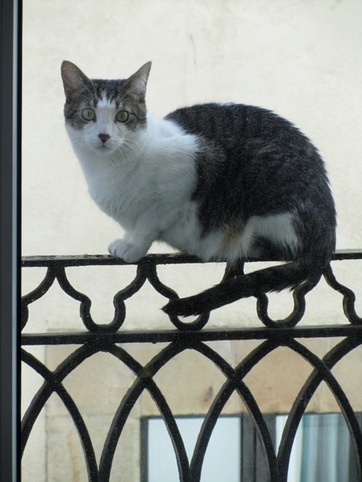
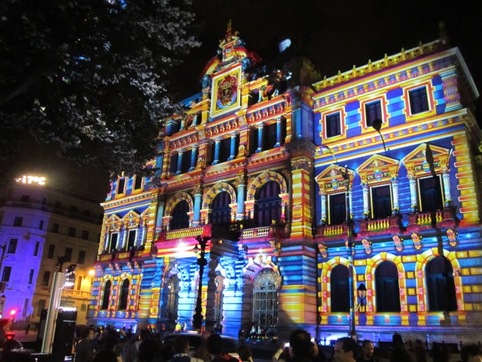

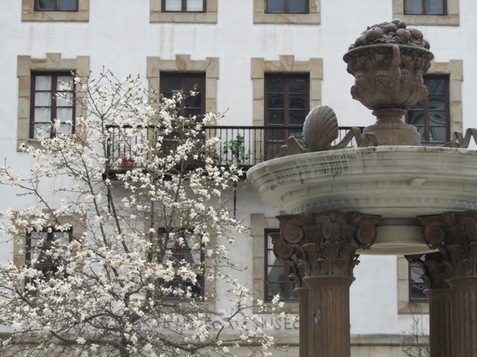
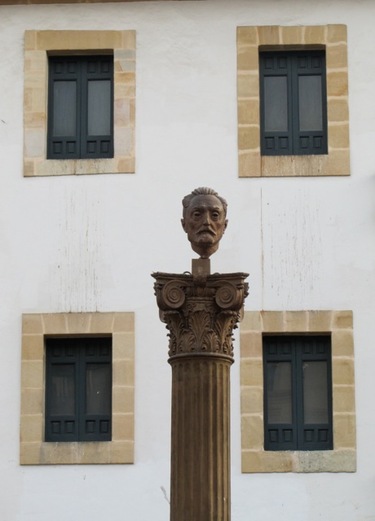
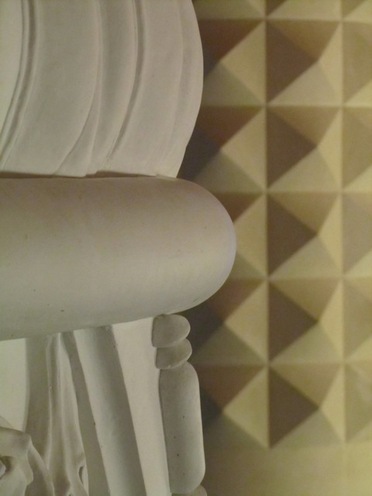
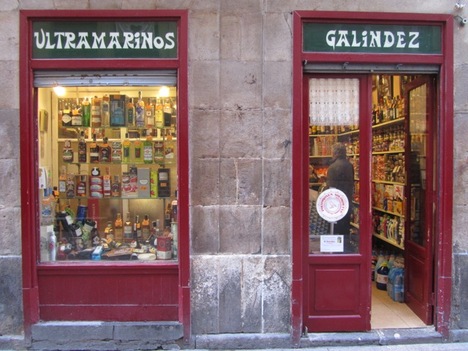
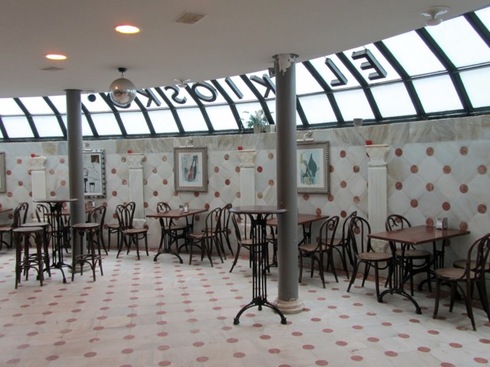
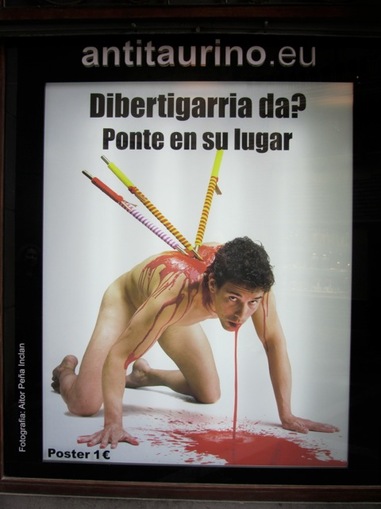

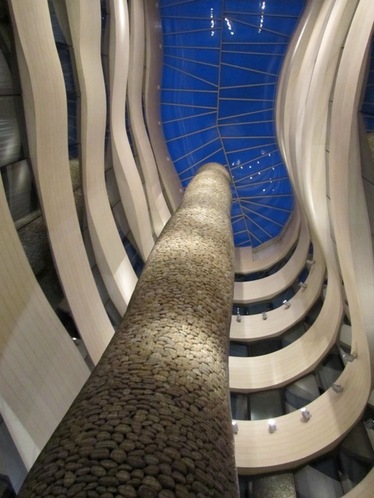

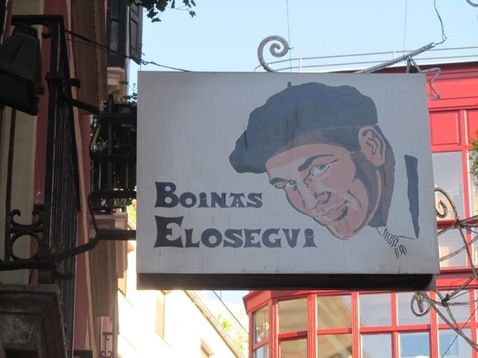
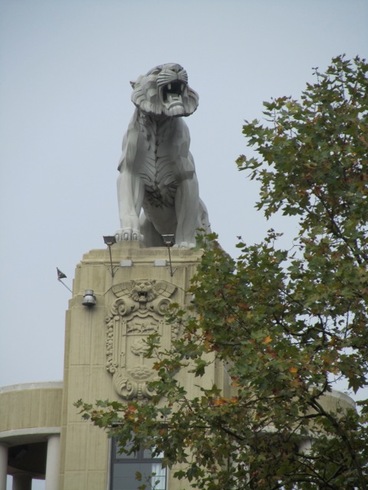
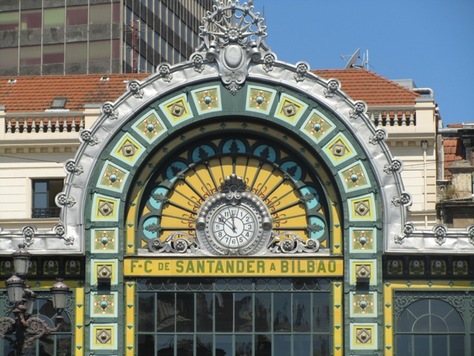
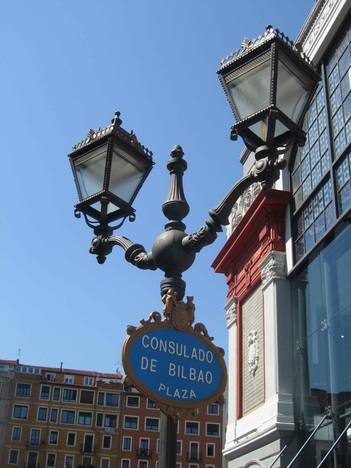
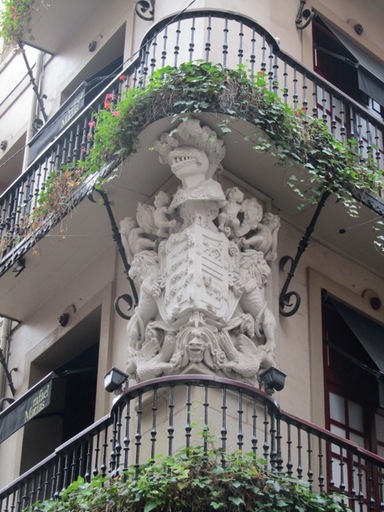
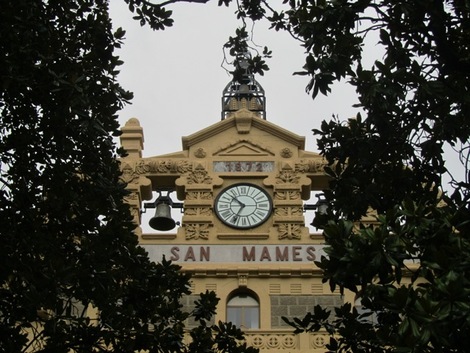
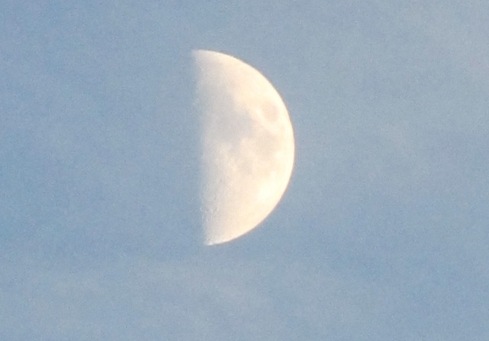
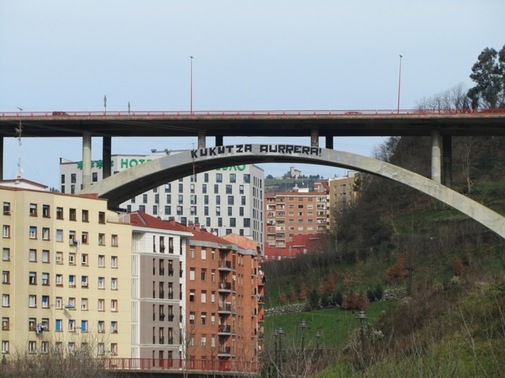
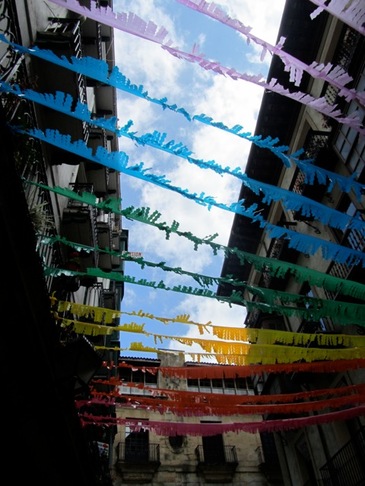
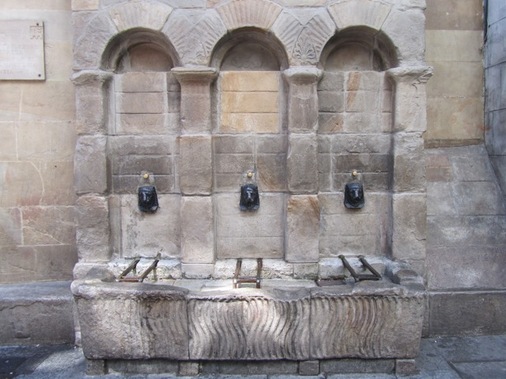
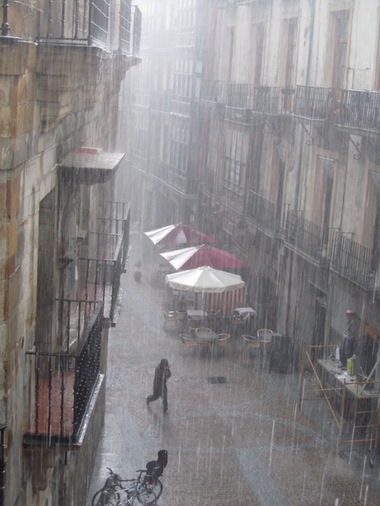
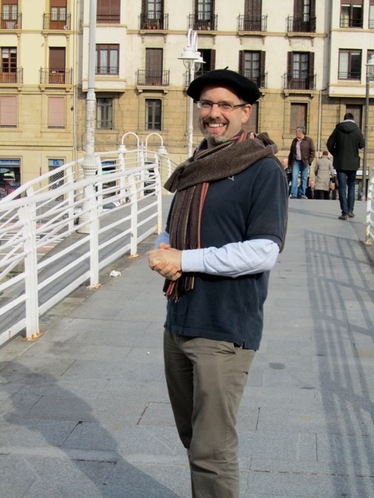
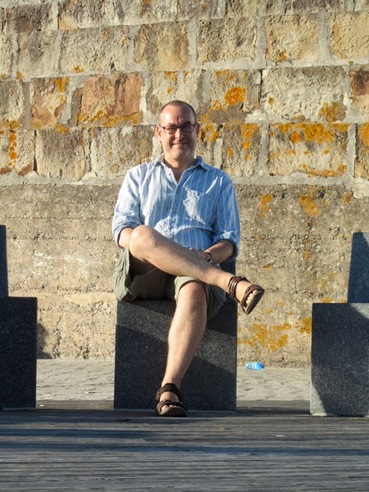
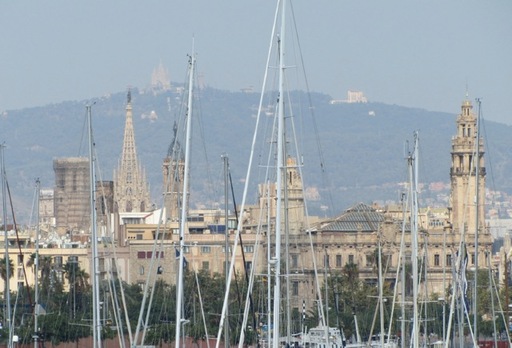
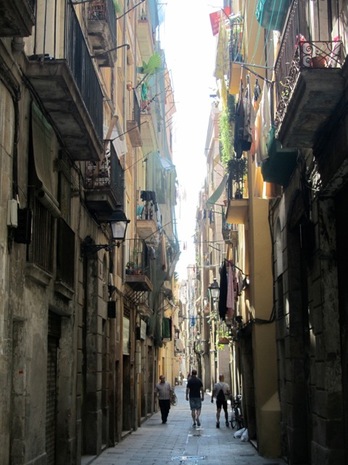
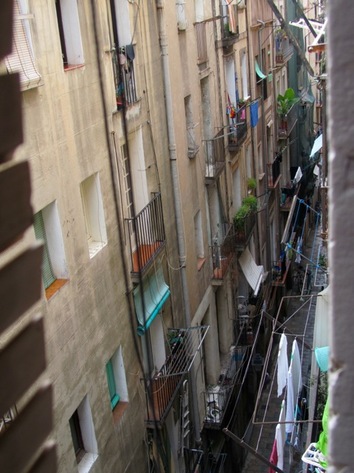
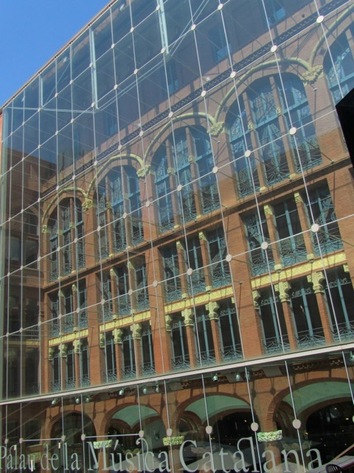
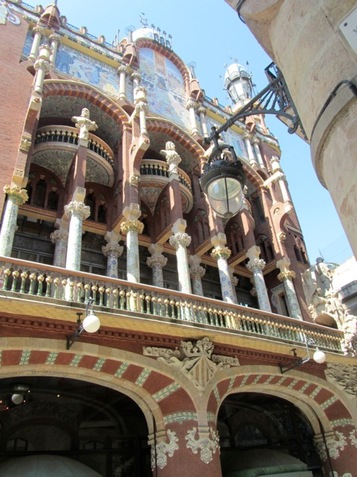
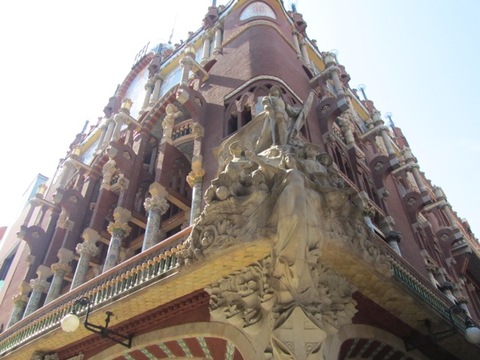
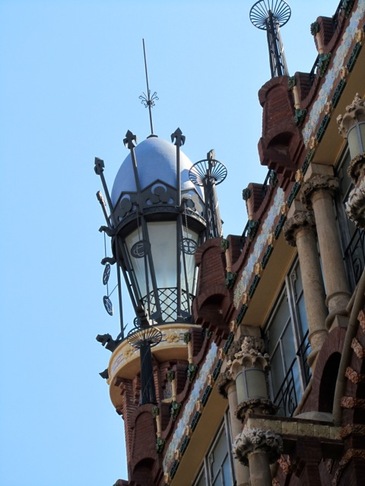
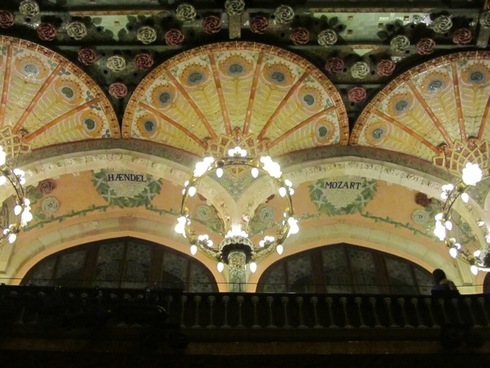
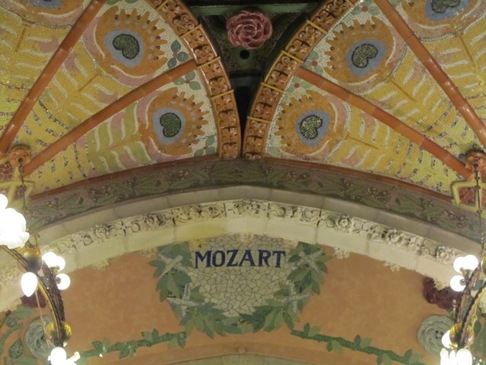
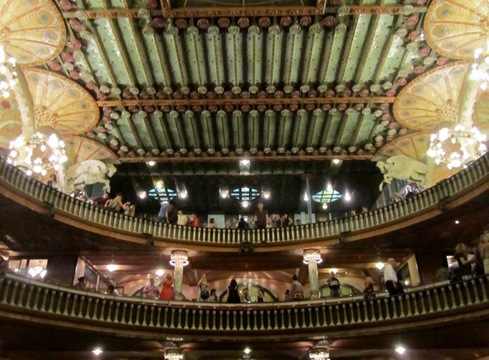
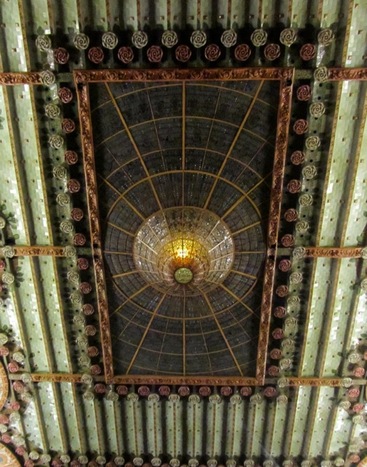

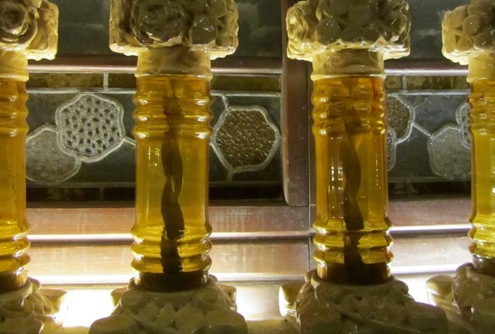
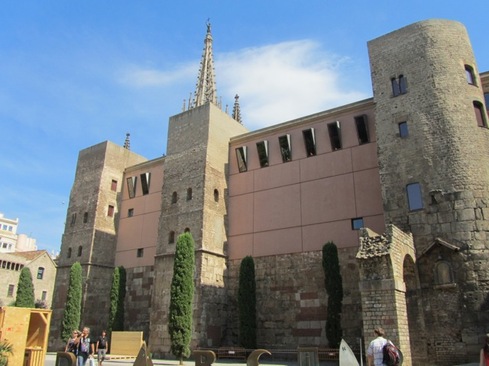
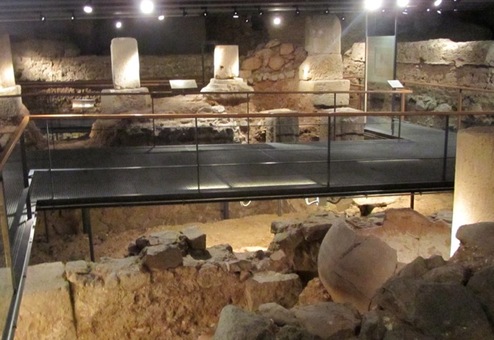
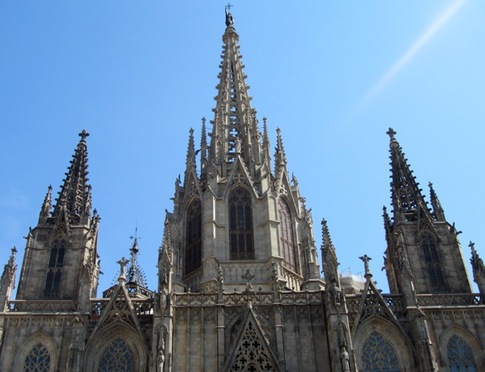
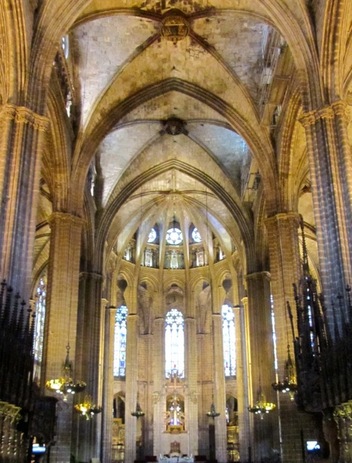
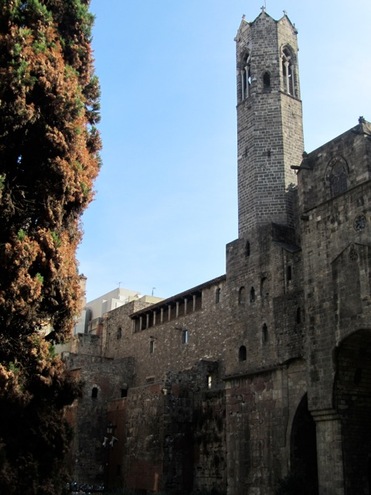
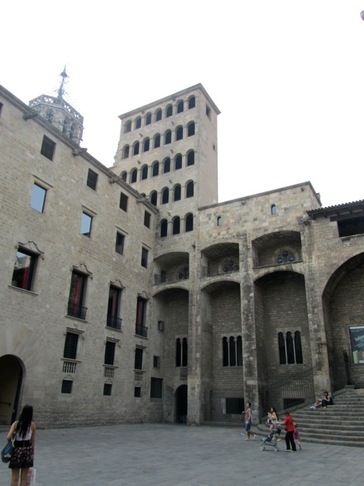
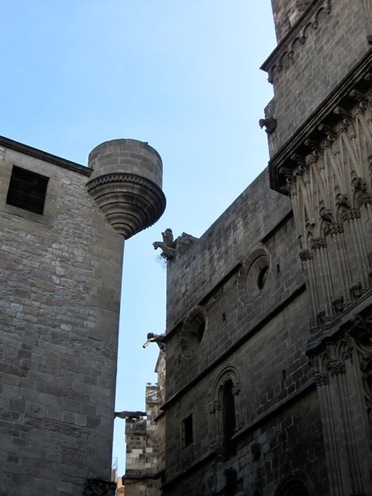
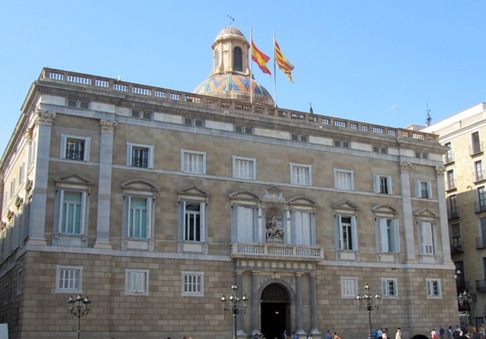
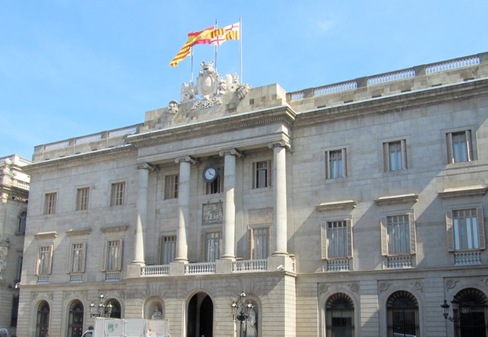
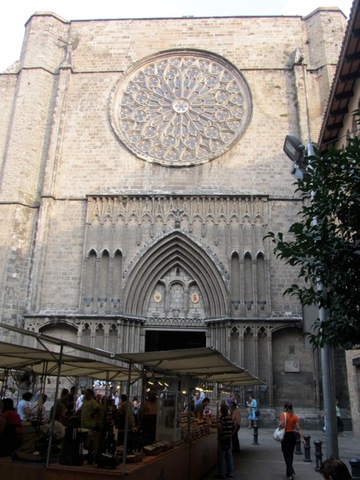
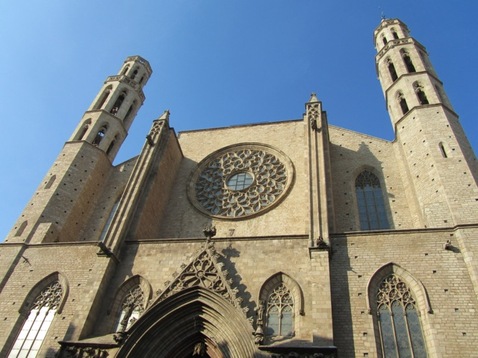
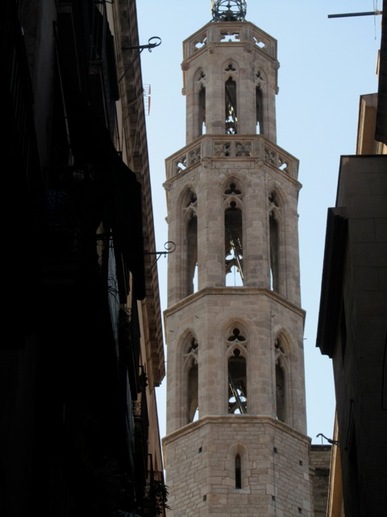
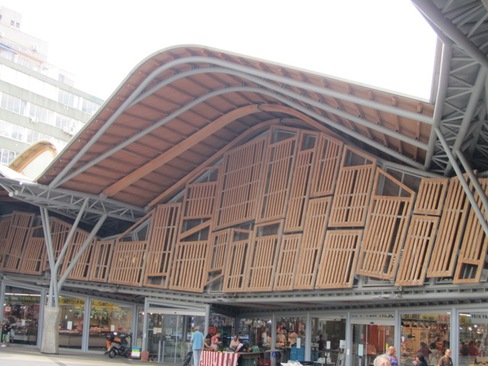
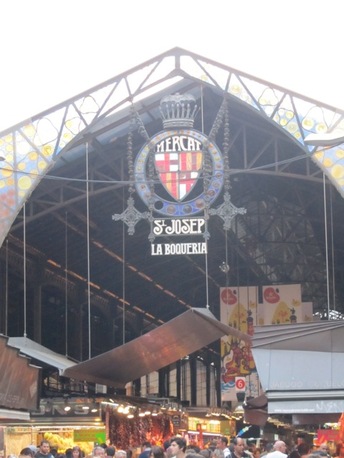
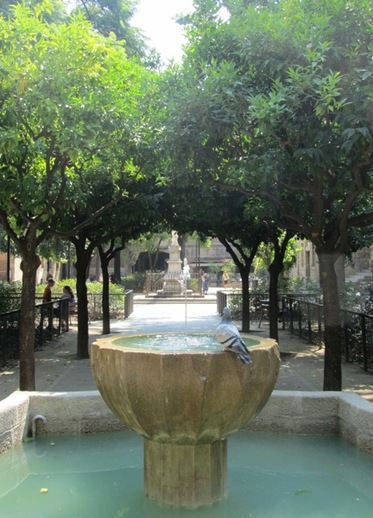
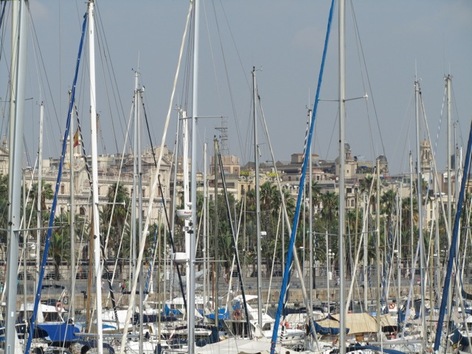
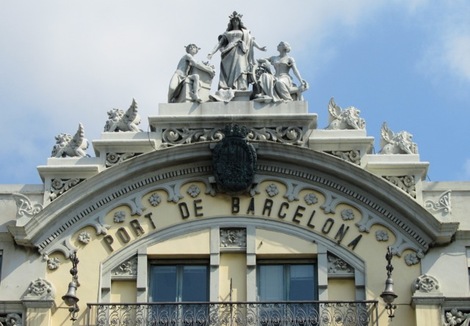
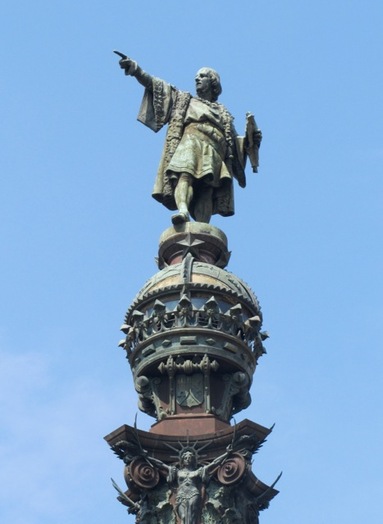
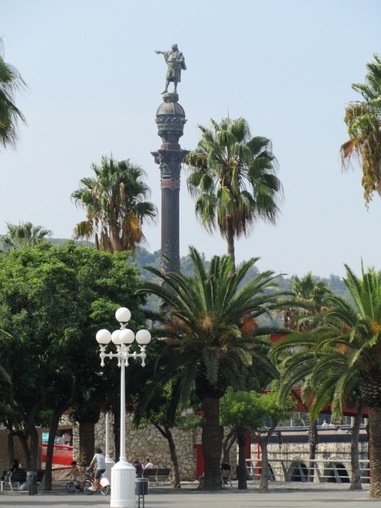
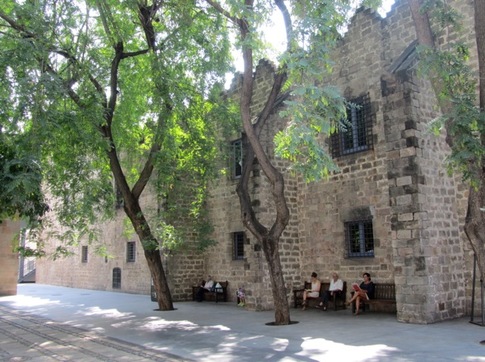

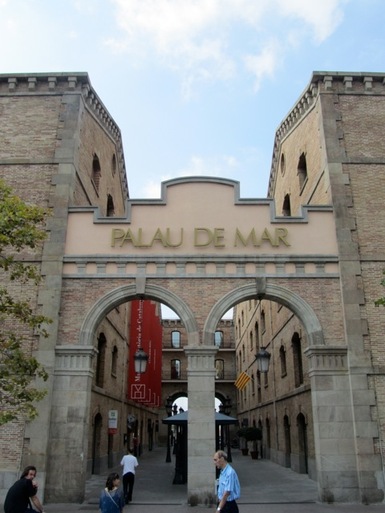

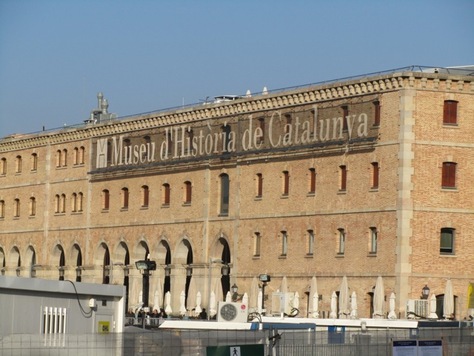
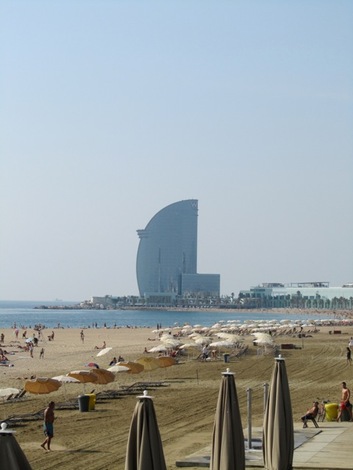
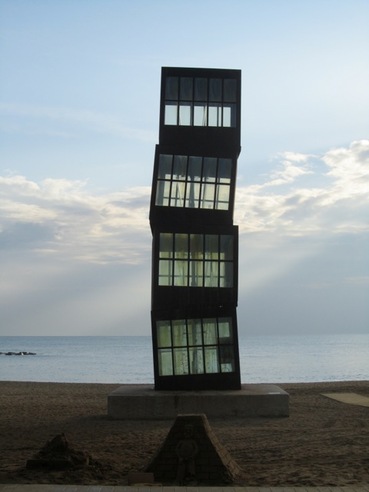
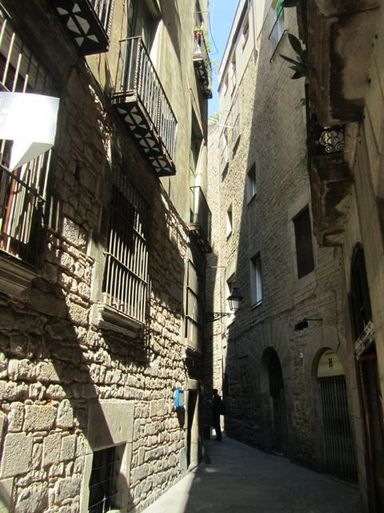
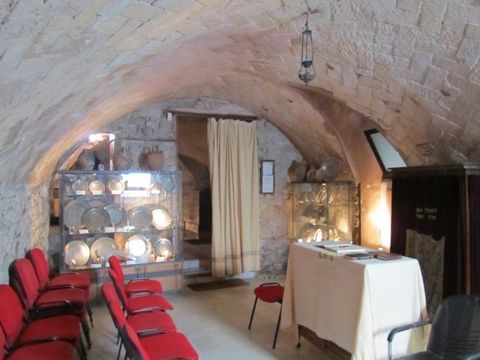
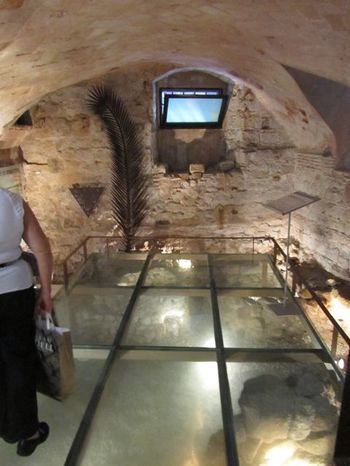
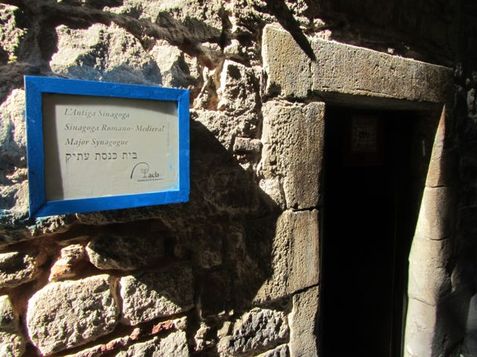
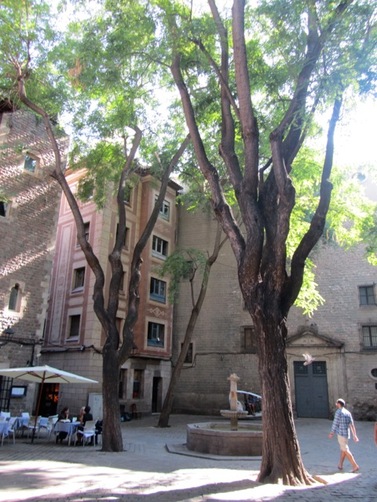
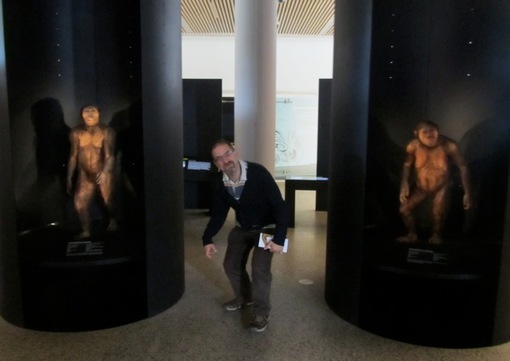
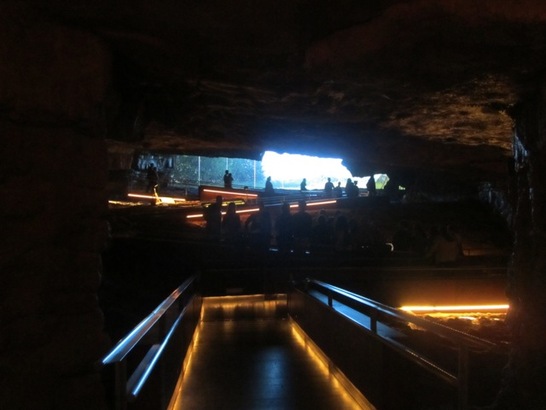
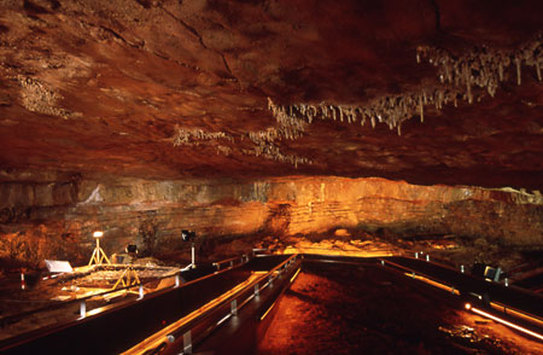
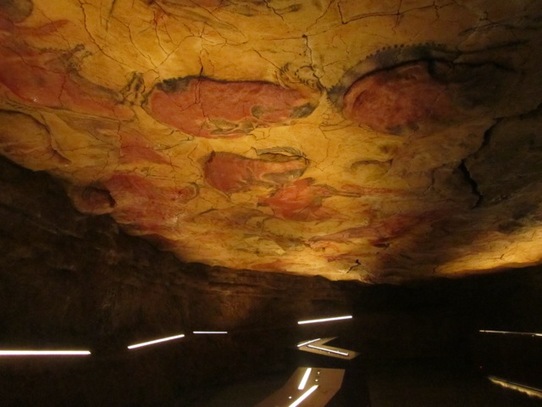
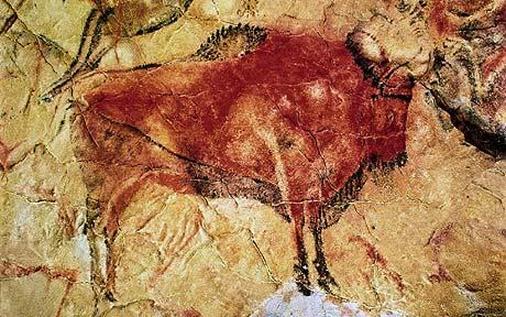
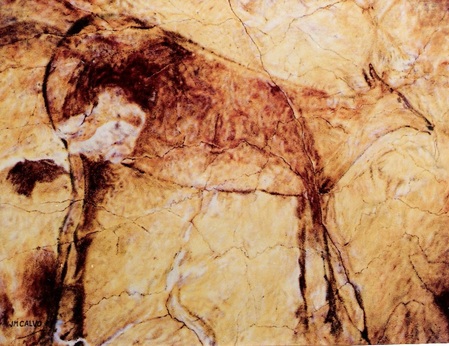
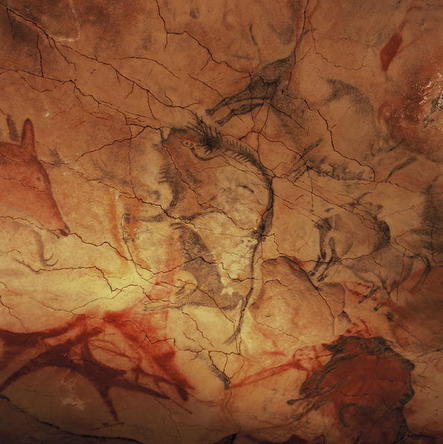
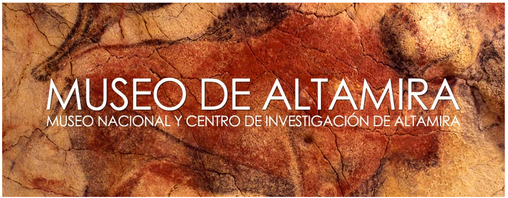
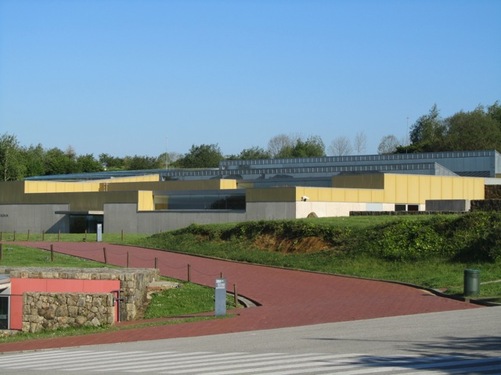
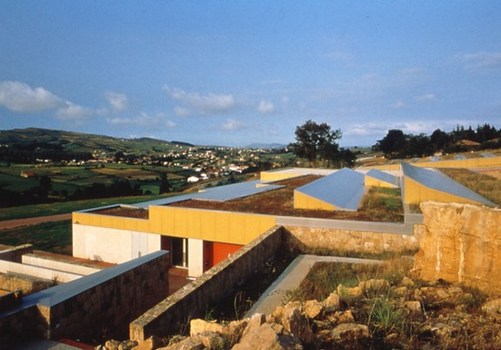
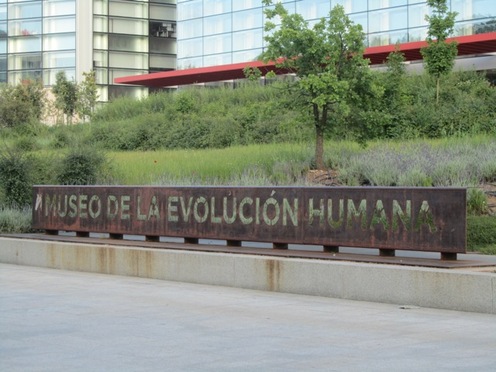
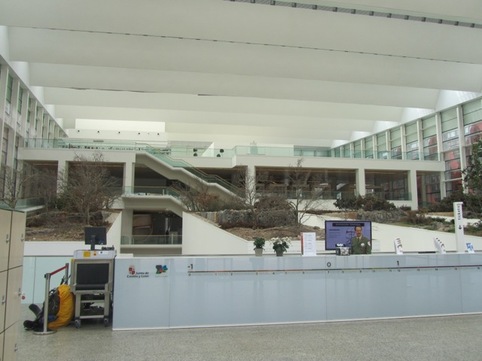

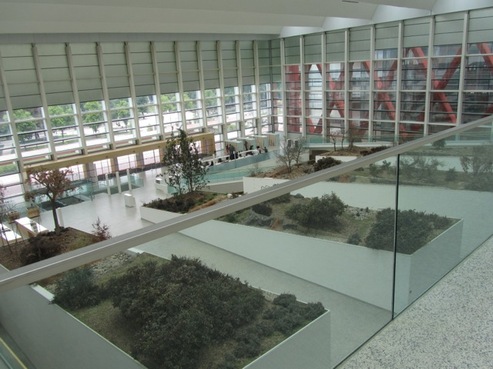
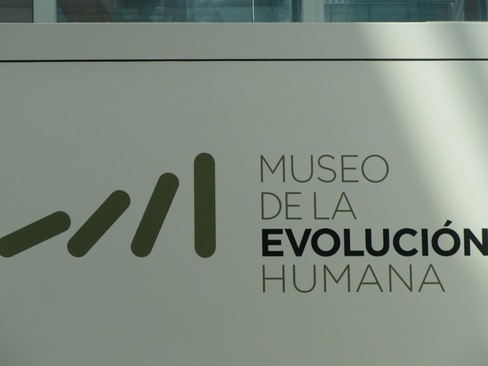
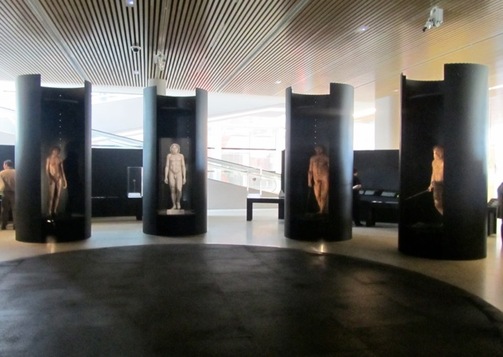
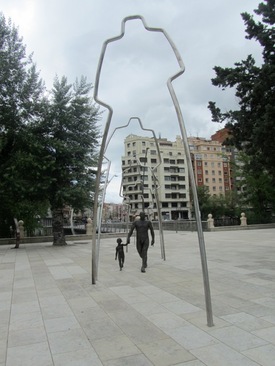
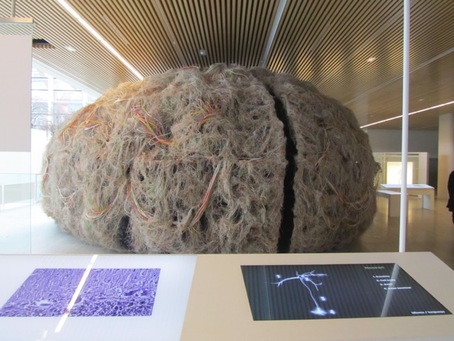
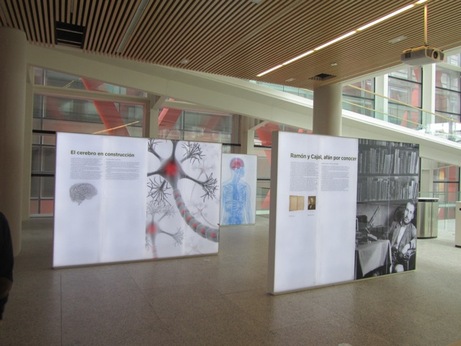
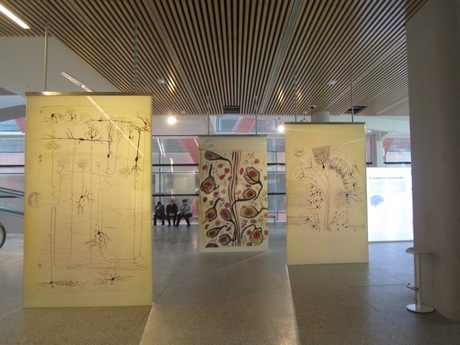
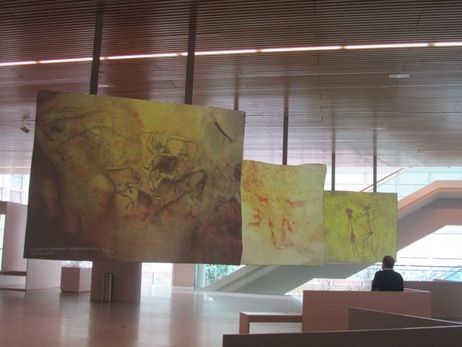
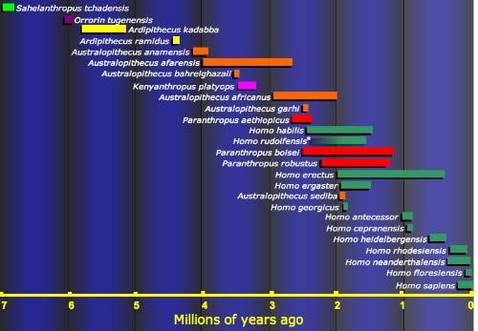
 RSS Feed
RSS Feed